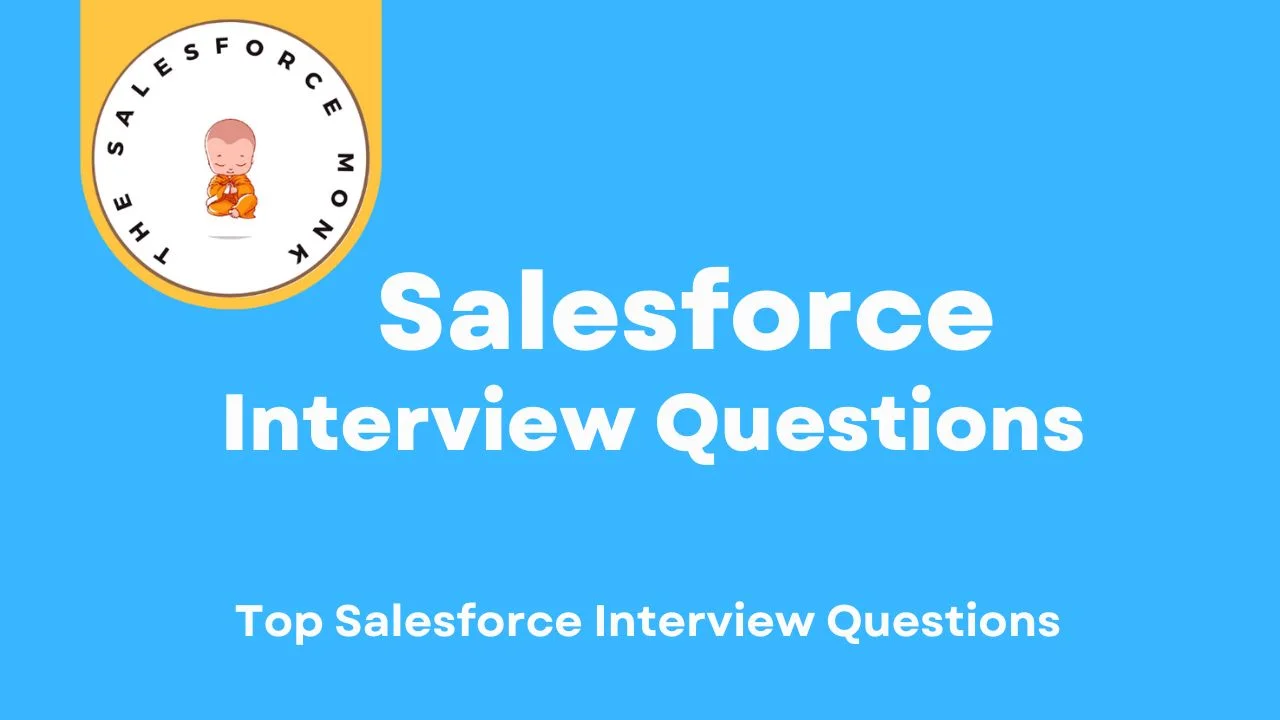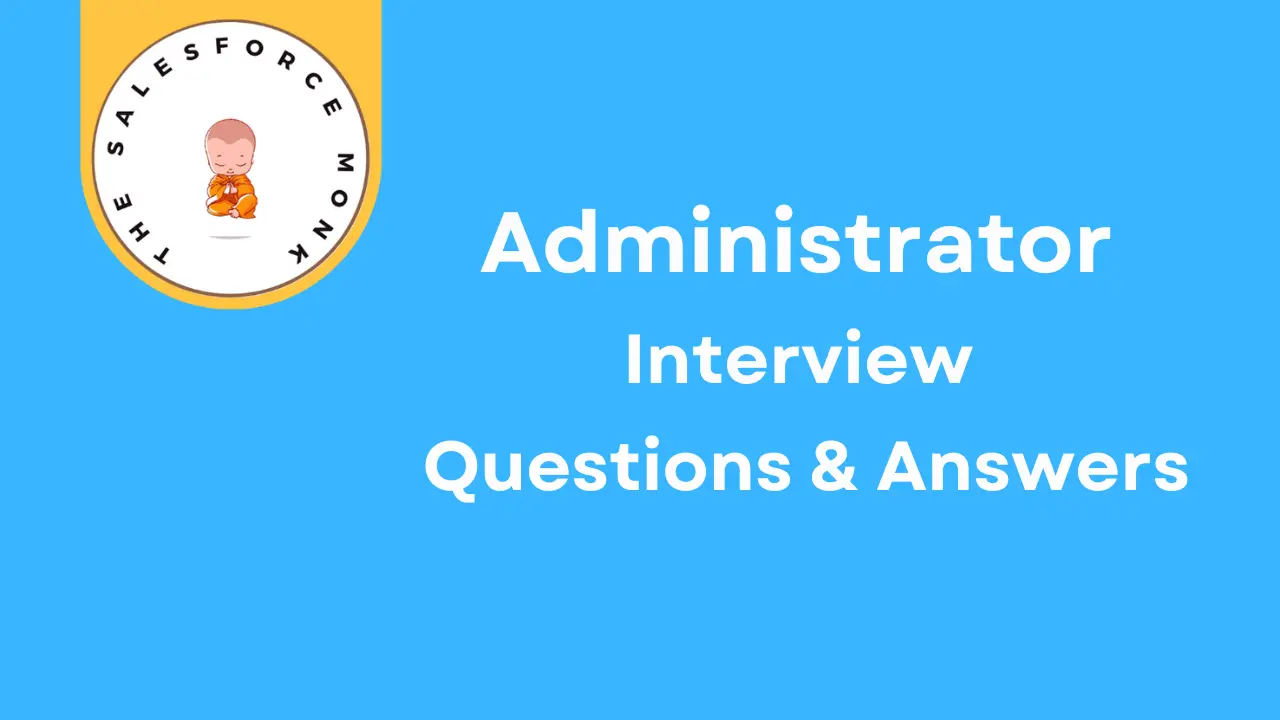This blog will explore some of the most commonly asked Salesforce LWC interview questions with answers. Meanwhile, each question has a detailed explanation, complete with syntax and code examples where applicable.
By reading this blog, you’ll learn the necessary Salesforce LWC Interview Questions & Answers, which can boost your chances of success. So don’t wait, go through all the Salesforce Interview Questions and make a strong impression in your Salesforce interview
Top Salesforce LWC Interview Questions & Answers
What is the structure of LWC?
LWC is built using these main parts, including HTML, JS, CSS, and XML.
Explain each file in the LWC folder
The following is the explanation of each file’s usage :
- HTML – It defines the markup of the LWC.
- JS – It establishes the component logic and behaviours of LWC.
- CSS – It defines the styling of LWC.
- XML – It includes the component’s metadata. Here we defined the attributes, such as targets, like where our component will be displayed in the application.
What is the recommended naming convention for Lightning Web Components (LWC)?
The following are the recommended naming conventions for LWC.
- The component name should start with a lowercase letter, ie, camel case.
- It should only contain alphanumeric values or underscore characters.
- While referring to components in HTML, it should be in Kebab case.
Below are examples of camel and kabab case.
Camel Case
myComponentNameKabab Case
my-component-nameWhat is SLDS?
Salesforce Lightning Design Systems, is a key framework for designing and building consistent user interfaces on the salesforce platform.
What are the advantages of LWC over Aura Component?
Below are the advantages of LWC over Aura Component.
- Uses native web standards.
- Improved performance and faster rendering.
- Simplified development and debugging.
How to communicate between two LWC Components
- Parent to Child: Using @api decorators.
- Child to Parent: Using custom events
What are the events available in LWC?
The events is Lighting Web Components enable communication between components. The communications is important to transferring the data between components for dynamic and interactive user experience.
There are two type of events available in LWC.
- Standard are build in browser events like click or change, which handles common interactions.
- Custom events are the events that are build and dispatch, making them ideal for complex communications, such as transferring the data or triggering an specific action.
What is event bubbling in LWC?
Event bubbling allows to communicate or propagate the event from the child component up through the DOM tree.
What is @AuraEnabled?
It exposes an Apex method to be accessible from Lightning Components & Lightning Web Components.
What are the types of decorators in LWC?
There are three types of decorators in LWC: api, track, and wire.
Explain decorators and how we use them.
We need to append @ as a prefix to the decorators.
- @api – It is used to make any property or variable public so that it will be visible to other components for communication.
- @track – It is used to declare any property or method as private. In LWC, all fields are reactive, but if the field type is array or object, there are some limits to the depth of changes to be tracked.
- @wire – It is used to interact with Salesforce data.
When do you use @wire?
It is used to interact with Salesforce data.
What is the role of @track in LWC?
It marks fields as reactive, required for objects or arrays in older LWC.
What does cacheable=true do?
Enable client-side caching and mandate that to be read-only.
Can we pass parameters to a @wire method?
Yes, using a reactive variable with the $ syntax.
Can @wire be used to insert or update data?
No, @wire can only support cacheable, read-only methods.
Can we write @wire in the connectedCallback function?
No, you can’t directly use @wire in the connectedCallback() function in Lightning Web Component (LWC).
How do you fetch refreshed data using @wire?
You can fetch refresh data by importing- import { refreshApex } from ‘@salesforce/apex’;
import { refreshApex } from '@salesforce/apex';How can we access the Custom Label in LWC?
import labelName from ‘@salesforce/label/label-reference’;
How to import the static resource in LWC?
In Lightning Web Component (LWC), you can import the static resource using the @salesforce/resourceUrl. This lets you access files stored in Salesforce static resources, including images, JavaScript libraries, and many more.
How to call Apex in LWC?
There are two ways to call Apex in LWC.
Using @wire decorator.
The @wire property is used to receive the data from Apex. Apex method needs to be annotate with @AuraEnabled(cacheable=true). The wire decorator reduces the server calls because it loads the data from the cache. We can’t do the DML operations with wire decorators.
Sample Code
@wire(getAccount,{strAccountName: '$searchKey'})
accResult({data,error}){
if(data) {
console.log('Data coming from Apex ',data);
}else {
console.log('Error while fetching data from Apex ',error);
}
}Imperative Call
If we want to invoke an Apex method on an event, such as a button click, and control when it is called, we use imperative Apex method invocation.
Sample Code
fetchAccountData(){
getAccount({data: this.accid})
.then(result => {
console.log('Data coming from Apex ',result);
})
.catch(error => {
console.log('Error while fetching data from Apex ',error);
})
}How do you handle an exception in LWC from Apex?
Catch them using try-catch in JS and display an error message.
How do you debug Apex errors in LWC?
Use the browser console and handle exceptions properly in Apex and LWC.
How can I get the current user’s ID in LWC without using Apex?
You can get the current user’s ID in LWC without using Apex by simply importing – import Id from ‘@salesforce/user/id’.
Can you pass dynamic parameters to a @wire method?
Yes, but the parameters must be reactive by using the $ symbol.
How do you enforce FLS in Apex when exposing data in LWC?
Use security.stripInaccessible() or check individual fields using the schema.
What’s the difference between with sharing and without sharing?
With sharing respects the user’s access to the record, and without sharing does not.
Can multiple Apex methods be called in parallel from LWC?
Yes, using Promise.all() in imperative logic.
How do you secure Apex methods exposed to LWC?
Validate inputs, apply FLS/CRUD, avoid exposing sensitive data, and use with sharing.
How does LWC manage reactivity in @wire?
It automatically re-runs the wire method when any reactive parameters change.
Does the @wire method get called multiple times during the component’s lifecycle?
Yes, the @wire method can be called multiple times during the component’s lifecycle.
Why is JSON.stringify used in LWC?
The JSON.stringify() method is used in Lightning Web Component (LWC) to transform a JavaScript object or value into a JSON string. This method is very useful when you are working with text-format data, whether you are sending it to an external system or showing it on the frontend/UI.
What is serialization in LWC?
Serialization in LWC is a process of converting objects into a single format, such as JSON, for easier storage, transmission of data, and communication between components.
What is the promise function in LWC?
The promise function helps us to run asynchrousnly and it returns success and failed events upon completions. It has different states.
- Pending: The initial state
- Fulfilled: The action is successfully completed and resolved.
- Rejected: The action has failed.
What are the Lifecycle hooks in LWC?
The Lifecycle hooks in LWC provide the ability to control your code at various stages. We have different type of lifecycle hooks in LWC, which run in a specific order.
- constructor()
- ConnectedCallback()
- RenderedCallback()
- DisconnectedCallback()
- ErrorCallback()
What is disconnectedCallback() in LWC?
The disconnectedCallback() is a lifecycle hook that gets triggered when a component is removed from the DOM.
How do we use conditional rendering in LWC?
Conditional rendering in LWC helps to show data under specific conditions. We can use the template if:true, lwc:if, lwc:elseif, and lwc:else.
More Salesforce LWC Interview Questions are coming soon.
Conclusion
I hope this collection of Salesforce interview questions helps you crack your Salesforce LWC interview. Also, go through the Salesforce Developer Interview Question & Answers. Feel free to share any questions you’ve recently encountered in the comments!




